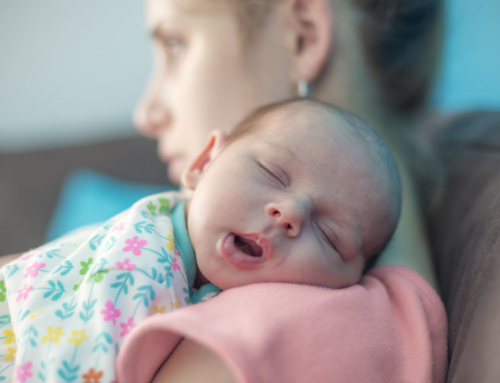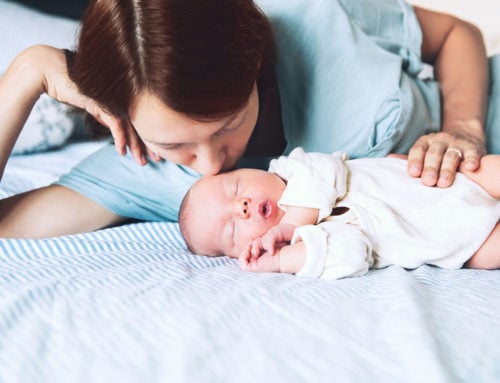De-Bunking The Fear Around Sudden Infant Death
For parents, there is nothing more terrifying than the notion that your child could die in their sleep. In cases of Sudden Infant Death Syndrome (SIDS), no cause is known for the death of a child under the age of one. This can invoke panic and can circulate myths. However, it’s important to know that as a parent or caregiver, there are important and clear safety steps you can take when it comes to SIDS.
Skip the fancy bedding
Myth: No known cause of death means that there are no controllable risk factors for SIDS. While it is true that there is no guarantee of completely preventing SIDS, the Centers for Disease Control and Prevention (CDC) has guidelines for safe sleep environments that will reduce the risk of SIDS.
Keep soft surfaces and objects out of your infant’s sleep environment.
Don’t use a memory-foam surface, and keep loose bedding, stuffed toys, sheets, comforters, and blankets out of the sleeping area. While the fancy, expensive, or frilly bedding may look cute in photos, it’s not worth the suffocation risk it presents.
Sleep position matters, but it’s probably not what you’ve heard
Myth: Placing your baby on his or her back is unsafe. It is an old wives’ tale that babies can throw up and choke during the night. The CDC recommends placing your baby on his or her back while they sleep stating that healthy babies are able to turn their heads if they spit up.
Around the time babies turn six months old, they learn to roll over by themselves and may change position throughout the night. At this point, experts say that it’s okay to let them move, and parents don’t need to turn them onto their backs all night long. By the time they’re able to roll over by themselves, the self-protective part of their brains is mature enough to sense risk and get out of situations where breathing is threatened.
Save asleep-cuddling for when they’re older
Fact: Co-sleeping or bed-sharing is less safe than letting your baby sleep in its own crib. Infant bed-sharing may help you feel more “connected” to your child, but accidental suffocation, strangulation, and wedging can all happen when a baby is sleeping in an adult bed, especially when parents are particularly tired or have had anything to drink. Simply keeping your infant’s crib in the room with you, as opposed to sharing the bed, decreases the risk of SIDS by as much as 50%.
While the media can make having a baby look picture-perfect, all parents know that in real life, keeping your baby safe and healthy takes the highest priority. Arm yourself with knowledge of the facts and myths of SIDS, and you can effectively lower your infant’s risk.






